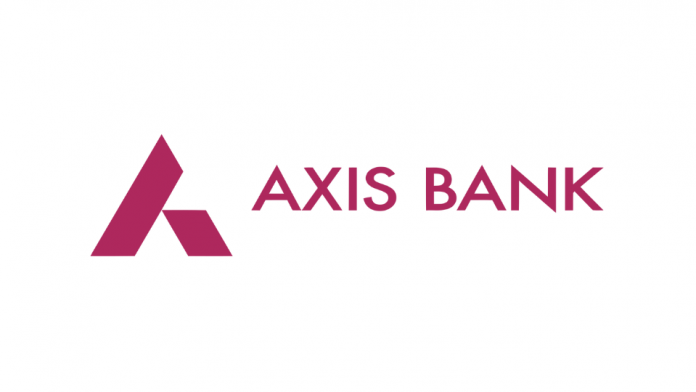Published: Apr 22, 2022, 3:38pm
Axis Bank has multiple options in the savings bank account space. There are accounts that can be opened instantly (digitally) and there are accounts that may take more time to be activated. The facilities in these accounts vary keeping in mind the different needs of customers. With the advancement in technology in banking services in India, one can open a bank account just by getting on a video call.
We are going to discuss both instant savings accounts and conventional saving accounts.
Following are the interest rates given by the bank on any kind of savings account:
Procedure: These accounts can be instantly opened after one applies for them on the internet. The bank authorities get on a video call with the applicant and immediately open the account.
Requirement: KYC verification is done on a video call, the only requirement is the PAN card and the Aadhaar card. There is no paperwork involved in it.
Virtual Debit Cards (E-Debit Card): These accounts will work exactly the same way as others and will have a debit card as well, but this debit card will be a virtual one, which can only be used for online transactions and not to take out money from ATMs and other facilities where a hard debit card is required.
Cashback and discounts:
Additional:
Cashback and discounts:
Additional:
Cashback and discounts:
Additional:
Cashback and discounts:
Additional:
Cashback and discounts:
Additional:
Cashback and discounts:
Additional:
Other than the digital or instant saving account there are conventional savings accounts as well, these accounts take a little longer to open and differ in the facilities from the digital credit card.
Procedure: These accounts can not be immediately, one applies for them on the internet. The bank authorities give a call back to the applicant and then the formalities are done manually.
Requirement: Following documents are required to open this account.
For Individuals:
Documents for a Hindu Undivided Family (Family account)
Documents for Joint Savings Account
The following kinds of accounts allow the consumer access to a proper physical debit card unlike in the case of instant accounts where only virtual debit cards are provided.
This account is to facilitate students getting government grants and scholarships.
Features
This account is to facilitate savings as the name suggests in general.
Features:
This account gives the flexibility to either maintain a monthly average balance of INR 25000 or spend INR 25000 in a month (in both the cases the account will remain active).
Features:
This account comes with a cashback debit card, providing cashback for fuel, shopping and travel.
Features
This account is for senior citizens providing them with higher FD rates, up to 15% discount on medicines and other purchases at Apollo Pharmacies.
Features
This account is for children and provides an accident insurance cover of INR 2 lakh for the account holder and a Visa Platinum debit card. If the account holder is over 10 years of age, parents can get an image of their choice printed on the card.
Features
Pension Savings Account
This account is for pensioners, and with the ATM withdrawal limit of INR 40,000, it also provides a Personal Accident Insurance cover of INR 2 lakh.
Features
This account is for insurance agents, and provides low minimum balance requirements and higher withdrawal limit, personal accidental insurance cover of INR 2,00,000 and reward points for transactions.
Features
This account is for basic savings and a zero minimum balance account, free cash deposits.
Features
This account is for small and basic savings and is a zero minimum balance account and provides personal accident insurance cover of one lakh.
Features
To rate a particular bank for its savings accounts we have taken into consideration the following factors.
1. Ease of opening an account.
2. There is one point for debit cards associated, as debit cards also have their own facilities.
3. Extra facilities provided by the particular bank for free like shopping discounts insurances cashback.
4. If the customers are deriving value for money.
5. The kind of companies a bank has partnered with: are they good enough or just for namesake.
We’ll have to understand these terms first:
• Repo rate is the interest at which the central bank of a country (RBI in India) lends money to other banks.
• Floor rate refers to an agreed-upon interest rate range preferably on the lower side associated with a floating rate.
Some banks in India have started considering both these values (fluctuating) to decide the interest rate offered by them on their savings accounts. At this point in time, Axis Bank only considers repo rate and floor rate for deposits of more than INR 10 crore rather than giving a flat rate of interest. These are known as repo-linked deposits and there is no particular mandate or a standardized formula for it as yet. Majority of banks in India have their own version of it and the formula differs from bank to bank.
Armaan is the India Deputy Editor for Forbes Advisor. He has more than a decade’s experience working with media and publishing companies to help them build expert-led content and establish editorial teams. At Forbes Advisor, he is determined to help readers declutter complex financial jargons and do his bit for India's financial literacy.






